8. Holy Motors (dir. Leos Carax, France/Germany, 2012)
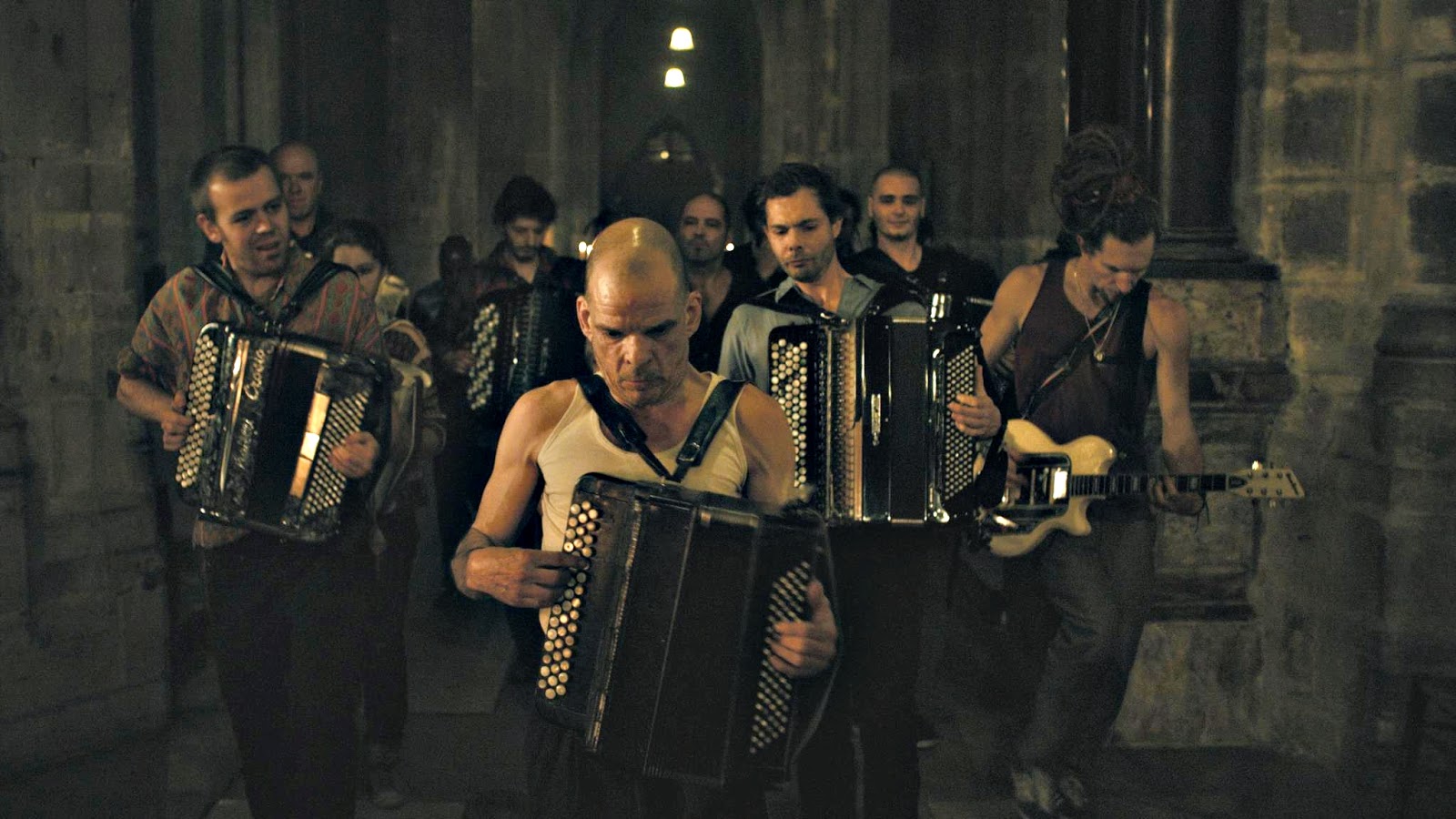
Leos Carax’s surreal masterpiece is one of the strangest and most memorable films of the decade and also a brilliantly entertaining piece of cinema.
“Holy Motors”, which can be seen as a big metaphor on cinema/the actor’s life and goes through every movie genre, follows Monsieur Oscar (played by Denis Lavant), a strange man who rides the streets of Paris in a limousine and goes from place to place, taking unusual “appointments” and each time assuming a new identity: he is by turn a rich executive, a beggar old woman, a motion capture actor, a red-haired freak who lives in the sewers, an angry father and a dying man.
The movie never truly explains what we are seeing and it doesn’t really have to. “Holy Motors” is not a film you need to understand in order to enjoy. Its illogical nature is what makes it so fascinating and entertaining. Reminiscent of Luis Buñuel’s movies, Carax abandons the rules of narrative film in order to create an unforgettable piece of cinema.
7. Kaili Blues (dir. Bi Gan, China, 2015)
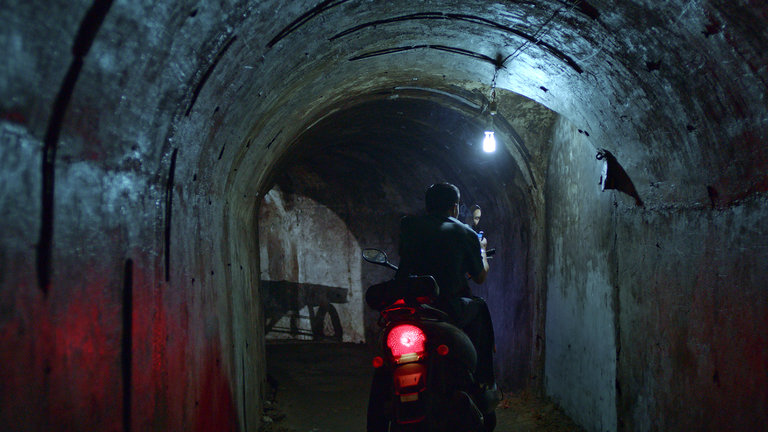
Bi Gan’s mysterious debut feature film “Kaili Blues”, in which a doctor travels the Chinese countryside in search of his abandoned nephew, features a 41 minutes long dreamlike scene which was filmed in one tracking long-take.
The Tarkovskian scene features a car and motorcycle ride through the villages and misty mountains of Southern China and is one of the most entrancing and unique sequences we’ve ever seen in a movie this decade. Equally entrancing are the film’s cinematography and beautiful Chinese nature landscapes captured on screen.
Plotwise, “Kaili Blues” doesn’t really have a coherent narrative and is more of an atmospheric, tone-based film, thus a more challenging watch for casual viewers. However, this is such an authentic, raw and visually stunning piece of cinema that it makes it hard not to fall in love with.
6. A Separation (dir. Asghar Farhadi, Iran, 2011)
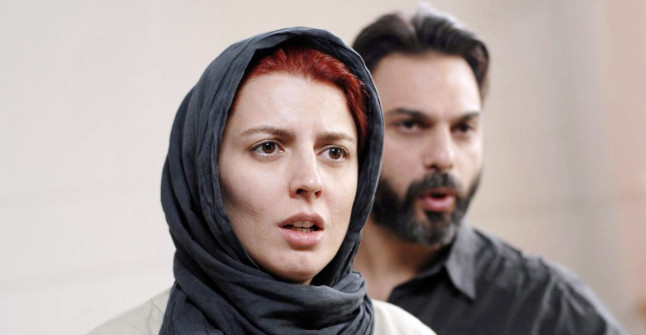
Combining elements of family drama and legal thriller, “A Separation” offers an insightful look into modern Iranian society and the breakup of a marriage.
The film focuses on Simin (Leila Hatami) and Nader (Peyman Moaadi), an Iranian couple who’ve been married for 14 years and have a daughter. When Simin wants to leave the country together with her daughter in search of a better life, Nader refuses: he wants to remain in Iran and look after his ailing father. But unless Nader either agrees to a divorce or allows his wife and daughter to leave the country without one, Simin is forced to remain in Iran.
Labeled by many critics as the greatest film of 2011 and one of the best of the decade, “A Separation” has also won the Academy Award For Best Foreign Language Film back in 2012 and was the first Iranian film to win the Golden Bear at the 61st Berlin International Film Festival.
5. Portrait of a Lady on Fire (dir. Céline Sciamma, France, 2019)
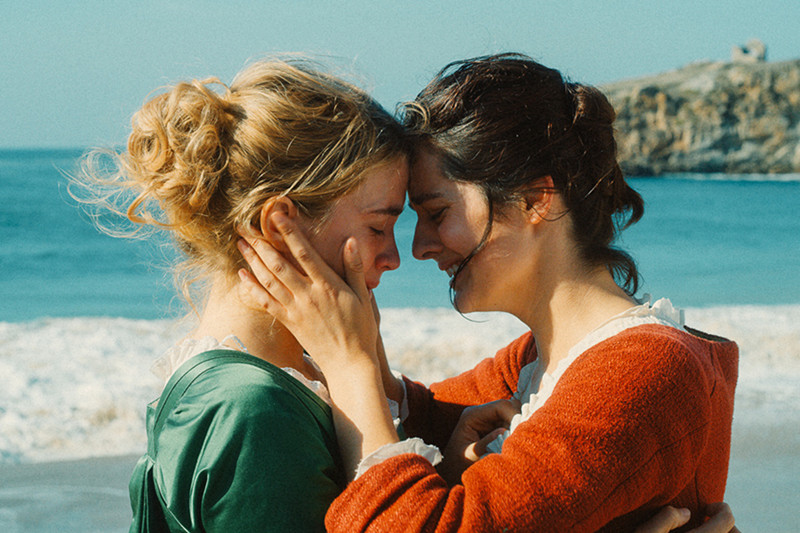
“Portrait of a Lady on Fire” takes place in 18th century France and tells the story of Marianne, a female painter hired to paint the wedding portrait of Héloïse, a young woman who is about to get married to a man she doesn’t love. But despite the century’s customs, the woman doesn’t want to have her portrait painted, so Marianne has to secretly make her portrait by memory. During the day, she is following her and quietly analyzing her features, while at night she paints her by firelight. As the portrait starts to take shape, the two women grow a forbidden love.
With its slow pace and many meditative moments, “Portrait of a Lady on Fire” creates a suspenseful feeling of isolation and is spellbinding from the very first frame. It is the kind of film which really connects with its viewer and transcends the screen and this is also due to the fantastic chemistry between its two leads. The film also features one of the decade’s best cinematography (it was shot in 8K) and it might as well rival with “Barry Lyndon” for the top spot in the movies that look like paintings ranking.
4. Parasite (dir. Bong Joon-ho, South Korea, 2019)
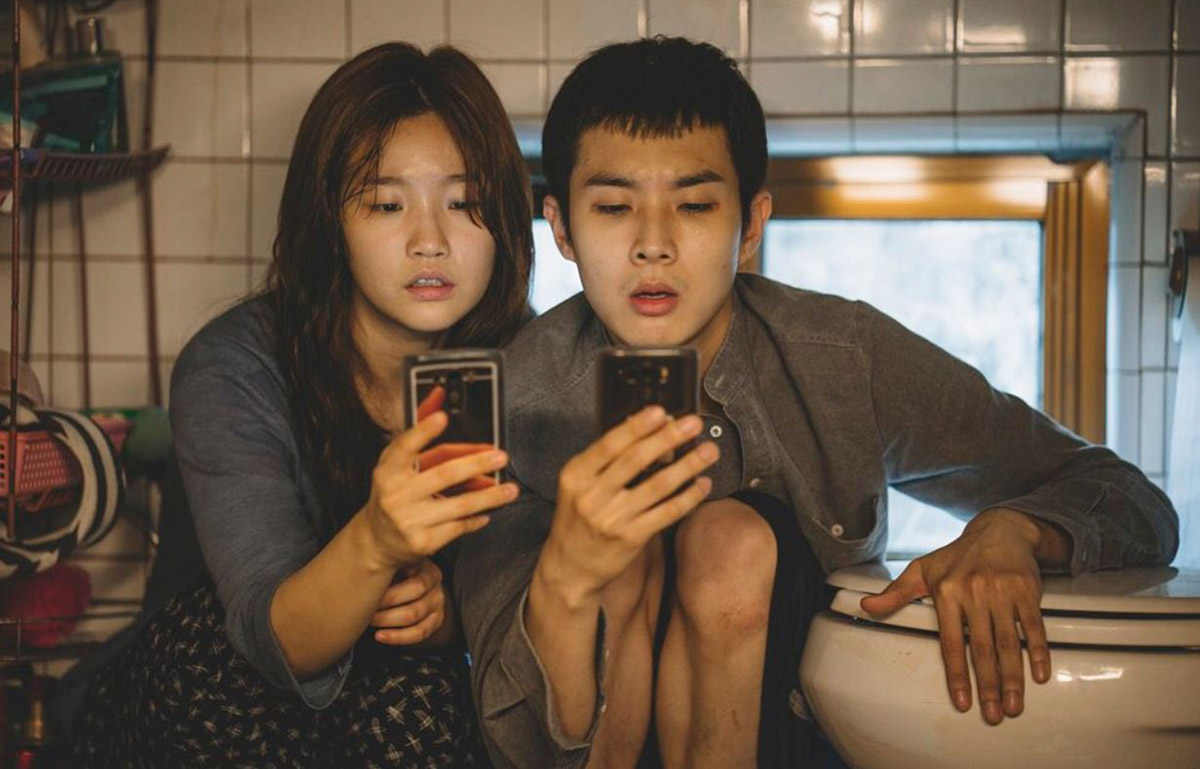
A perfect example of genre mixing, Bong Joon-ho’s “Parasite” is a drama, a comedy, a thriller and a social commentary film all at the same time.
The film became an unexpected hit, grossing over 123$ million worldwide and also a critic’s favorite this year. Bong Joon-ho, whose previous works include “Memories of Murderer”, “Snowpiercer”, “The Host” or “Okja”, has earned the Palme d’Or award with this film, thus becoming the first Korean director to win the prestigious award.
The story in “Parasite” starts from a simple yet inventive premise: the Ki-taeks are a poor family of four who devises a plan to get work and tricks the Kims – a much wealthier family – into getting rid of their current servants and employing them by posing as unrelated, highly-skilled workers. But later in the film, they discover that the trick is on them and the Kims’ ex-employees had secrets of their own.
Bong Joon-ho broke the line between popcorn flick and arthouse movie. “Parasite” is a highly entertaining box-office hit, but at the same time a very serious piece of cinema and it never ceased to amaze us with its impressive cinematography, camerawork, clever script and underlying social commentary.
3. Toni Erdmann (dir. Maren Ade, Germany/Austria, 2016)
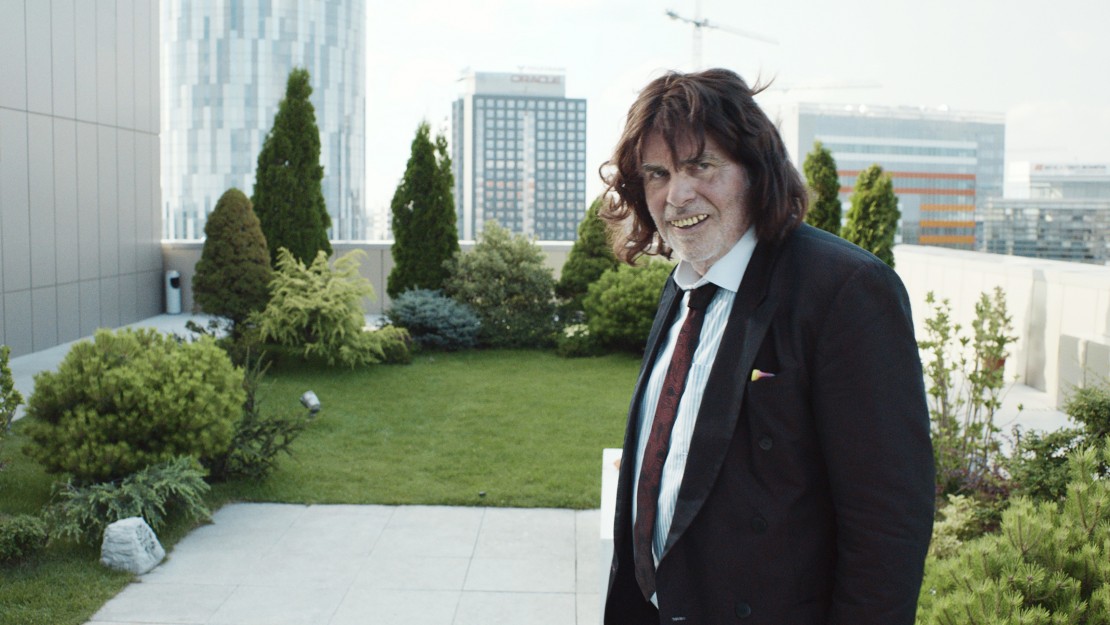
Probably one of the most charismatic movie characters of this decade, Winfried Conradi (Peter Simonischek) is a divorced music teacher with a colorful personality who lives in Aachen, Germany.
After his dog dies and he is lonelier than ever, Winfried sets out to reconnect with his only daughter, Ines, who is working away on a big project in Bucharest, Romania. He decides to spontaneously travel to Bucharest, where he develops a ridiculous new persona called “Toni Erdmann” and tries to ease his daughter from the frustrating and stress-inducing work environment.
At 162 minutes, Maren Ade’s film is long, but it never feels overlong. The genuine portrayal of the characters – especially Simonischek’s hilarious and moving performance – and the originally tackled plot about a father-daughter struggling relationship make “Toni Erdmann” one of the standout foreign films of this decade.
2. Burning (dir. Lee Chang-dong, South Korea, 2018)
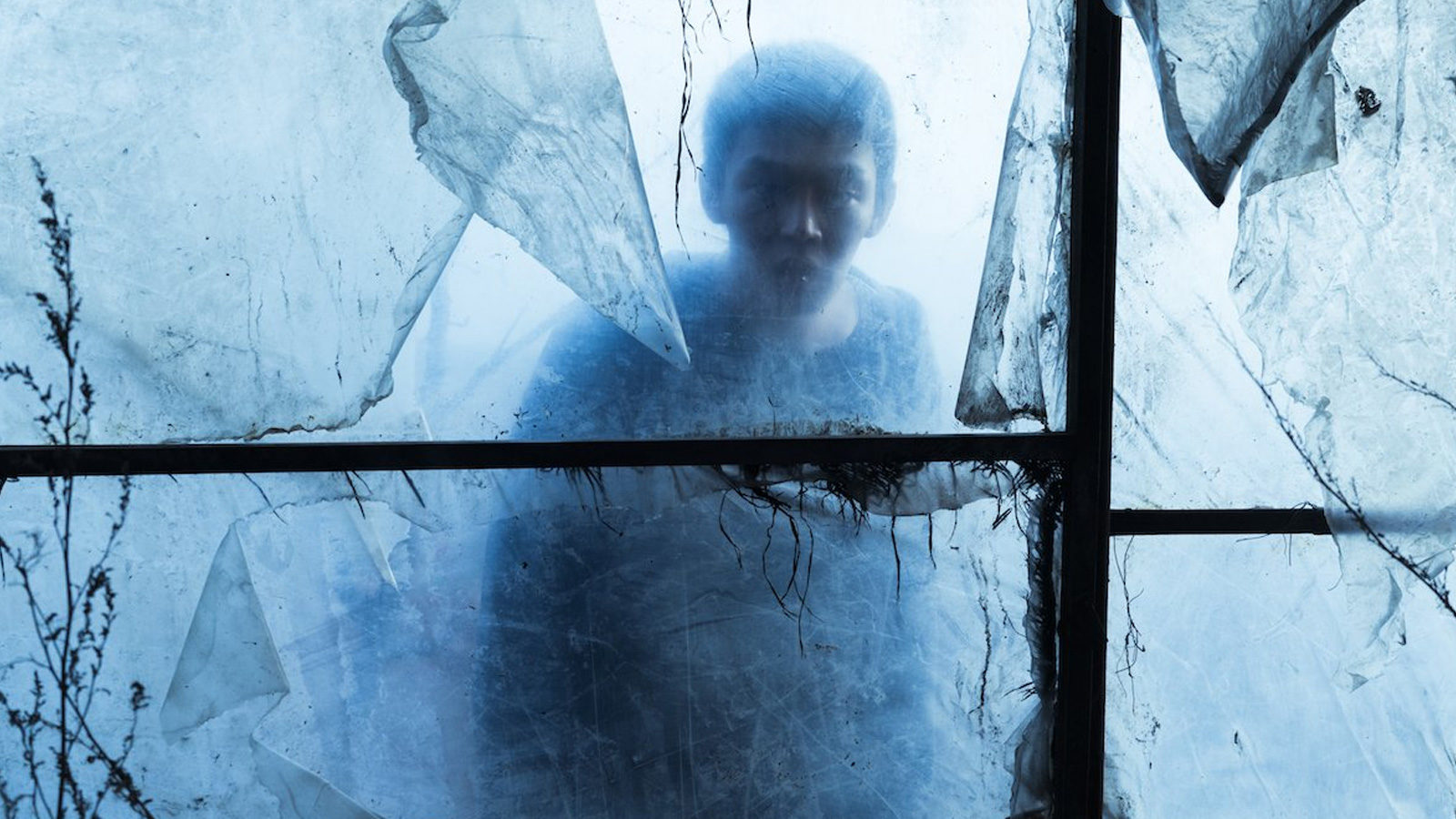
One of the best and undeservedly overlooked films of the decade, “Burning” was directed by Lee Chang-dong and stars Yoo Ah-in as Lee Jong-su, a young quiet man who has a part-time job as a deliverer in the South Korean city of Paju.
One day, Jong-su bumps into the beautiful Shin Hae-mi (Jeon Jong-seo), an old friend and ex-neighbor of his. Hae-mi asks him to take care of his cat while she is away on a trip to Africa. Upon her return, Jong-su is jealous to see Hae-mi accompanied by Ben (Steven Yeun of “The Walking Dead”), a charming yet mysterious man whom she met while away. When Hae-mi vanishes into thin air, Jong-su is convinced that something bad had happened and his only suspect is Ben.
Part art-film and romantic drama, part slow-burn thriller, “Burning” is intriguing, melancholic and meditative all at the same time. It benefits from an inventive screenplay, impressive acting from a small yet fantastic cast, great Tarkovskian direction and – last but not least – stunning cinematography from Kyng-pyo Hong (“Snowpiercer”, “The Wailing”).
1. Roma (dir. Alfonso Cuarón, Mexico, 2018)
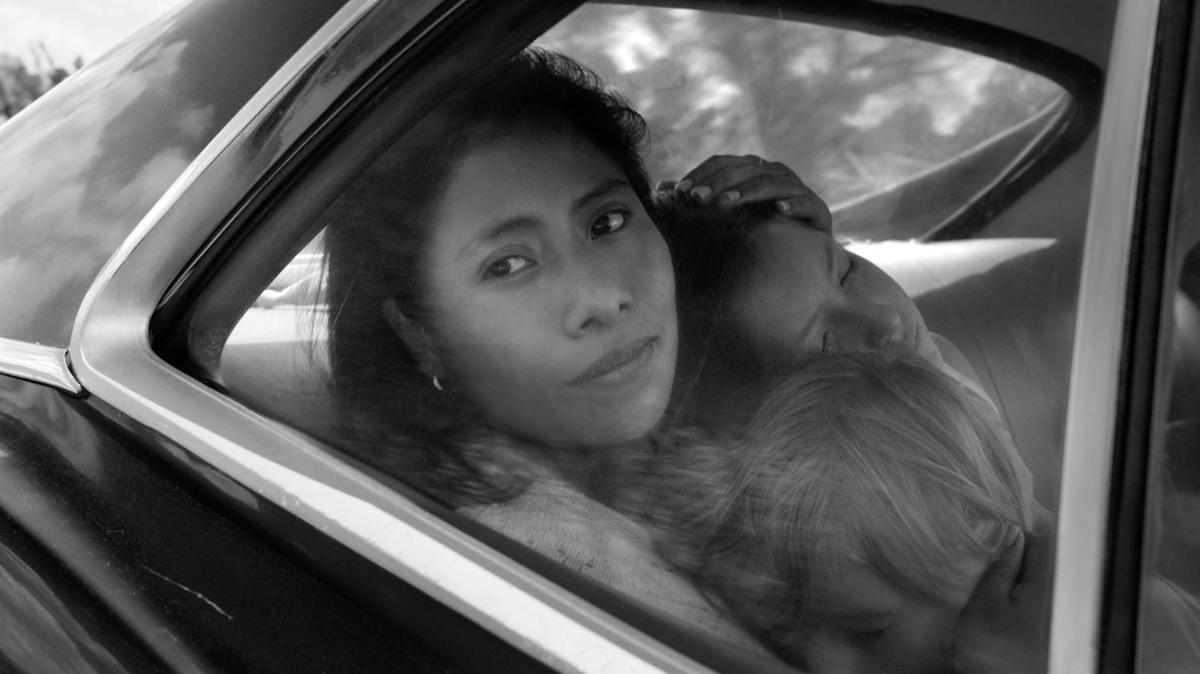
From the critically acclaimed “Y Tu Mamá También” to 2003’s “Harry Potter and The Prisoner Of Azkaban” (which was the most stylish and arguably the best entry in the Wizarding World franchise), the dystopian thriller “Children Of Men” and the technically impressive “Gravity”, Alfonso Cuarón has settled himself as a very competent director and, along with Guillermo Del Toro and Alejandro González Iñárritu, one of the best filmmakers to emerge from Mexico.
And while we love most of his work, we think that Cuaron has outdone himself with “Roma”, which is not only his most personal work to date, but also one of the best films – foreign or not – this decade had to offer.
Inspired by Cuaron’s own childhood, “Roma” depicts the troubled times of 1970’s Mexico and follows the lives of two women of different backgrounds who share very similar problems. The first one, Sofía, has a wealthy life, but not such a wealthy marriage. She is the mother of four children but struggles to raise them because her husband is mostly absent.
The other woman is Cleo, who works as the family’s maid and lives her own drama: she gets pregnant with a man who doesn’t want to acknowledge his child. The personal problems of these women are doubled by the real-life political problems of the 1970s Mexico – violent street protests have taken over the streets and the film’s previously confined story entangles with the historic events of the times.
Experimentally shot in color with a modern Alexa 65 camera and then turned into pristine black-and-white, “Roma” looks fantastic and is worth seeing only for its cinematography, but it is the tumultuous, emotional story and the detailed recreation of the 1970s Mexico City that make it a masterpiece.
Honorable Mention: “Winter Sleep”, “Blue Is The Warmest Colour”, “Certified Copy”, “Goodbye To Language”, “Phoenix”, “The Great Beauty”, “The Kid With The Bike”, “The Square”, “Two Days, One Night”, “Zama”